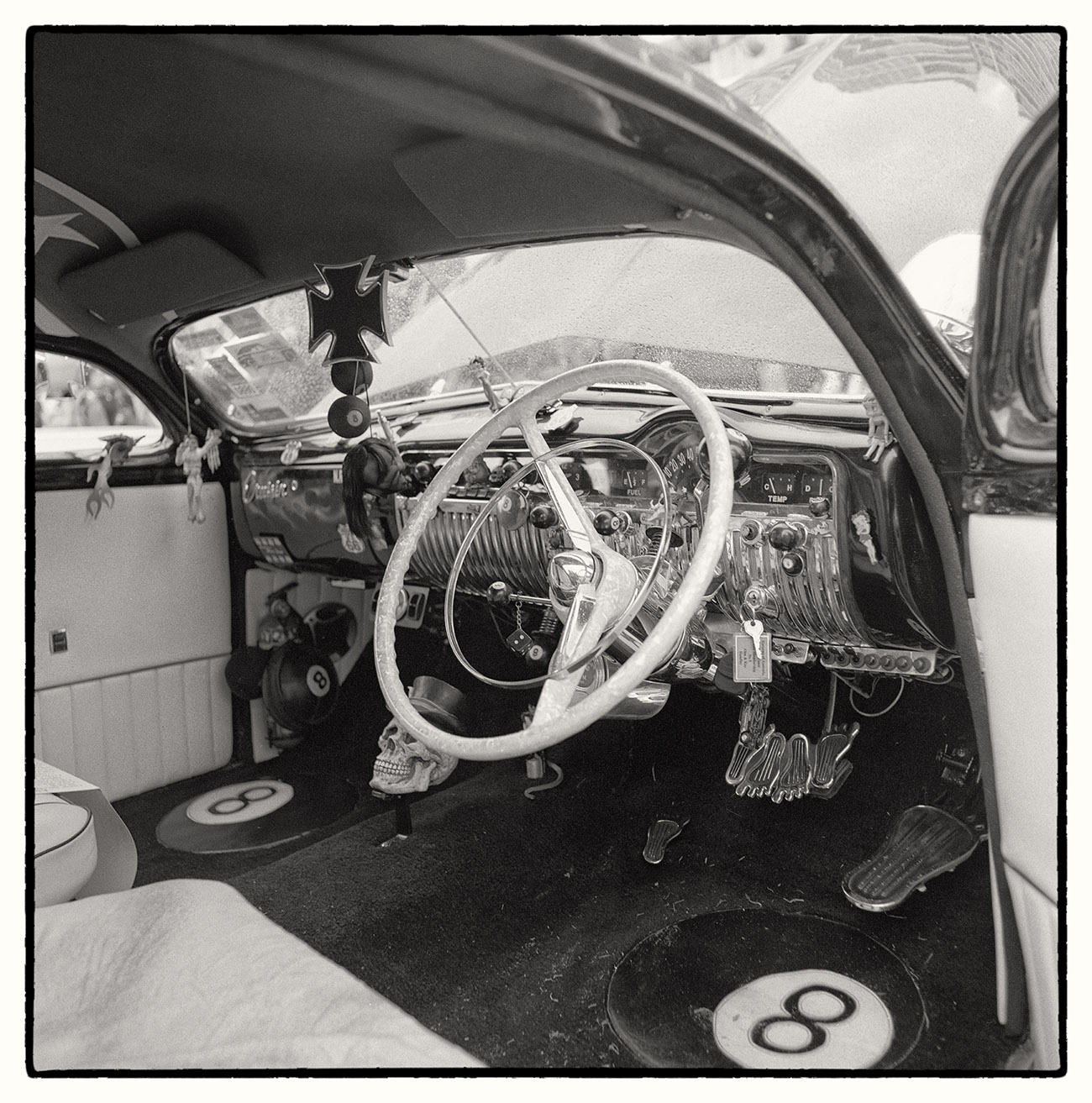I have standardised in Ilford's offerings, because they are very available and well priced in Europe. Although have a bit of a mess:
Kentmere 400 for fun and general shooting, cheap, good.
HP5 because it is a classic and a "go to".
Delta 400 for its technical edge. To be fair, I still have to properly try Kodak TMY, but the tabular grain films are supposedly comparable in sharpness and graininess to the cubical 100 films.
Preferrably developed in XTOL 1+1; actually ADOX XT3, which is neat in 1L packages for small batches. No problems at all, I tend to print grade 3 in our diffuser enlarger, just developing for Ilford suggested times in all films and I have used HP5's times for K400.
No problems with contrast, fairly said K400 maybe is a bit flat but also I have mostly shot it under overcast. Usually exposing around 320, or box speed exposing for shadows. I shot some HP5 in my Super Ikonta with Tessar and using a yellow filter, and it particularly sings! Nice contrast and beautiful tonality.
During the summer there was a sale at a retailer so I bought a brick of HP5 and D400 which should be good for a couple years depending on travels.
And I have to say, at some risk of provoking a reaction, that there seems to be an element of confirmation bias in some online criticism of Rodinal. My Tri-X negatives developed with Rodinal in the early 1960's do have more obvious grain than their lower speed contemporaries but my current Tri-X negatives developed with Adox Rodinal have much smoother grain and the highest acutance of all the ISO 400 film and developer combinations I have tried. I have no trouble getting good shadow detail with Tri-X at ISO 400 developed with Rodinal 1:50 but I scan my negatives and make inkjet prints. That may not be the case when making darkroom wet prints.
A roll of 2019 expired TriX fell on my lap and I used to test a P645. While at it, in Rodinal, as it is a legendary combination. Sadly a bit low contrast and foggy due to the film's age, but nothing a couple extra grades compensates. Not to criticise the hybrid users, but I see on a local level a lot of "Pushing in rodinal", "expired film" etc, but if the film is suboptimal (age, underexposure even if slight) then it is not nice to print.
Together with that TriX, I had gotten some 2020-21 expired HP5 and Delta 400. I am no densitometer guy but there was some difference in printing which I attribute to fog. Scan and post process makes it easier to compensate for the fog.
Anyways, TriX in Rodinal... Did a ca. 8x10 print using a condensor enlarger and it has such acutance that my eyes bleed! Grain is visible but tight at that size.
Kodak T-Max does also have a pink tint, but a pre-wash will fix that.
Even Ilford's do. Particularly interesting, Kentmere 400 exhibits more residual pinks for me. It also has a darker base.




